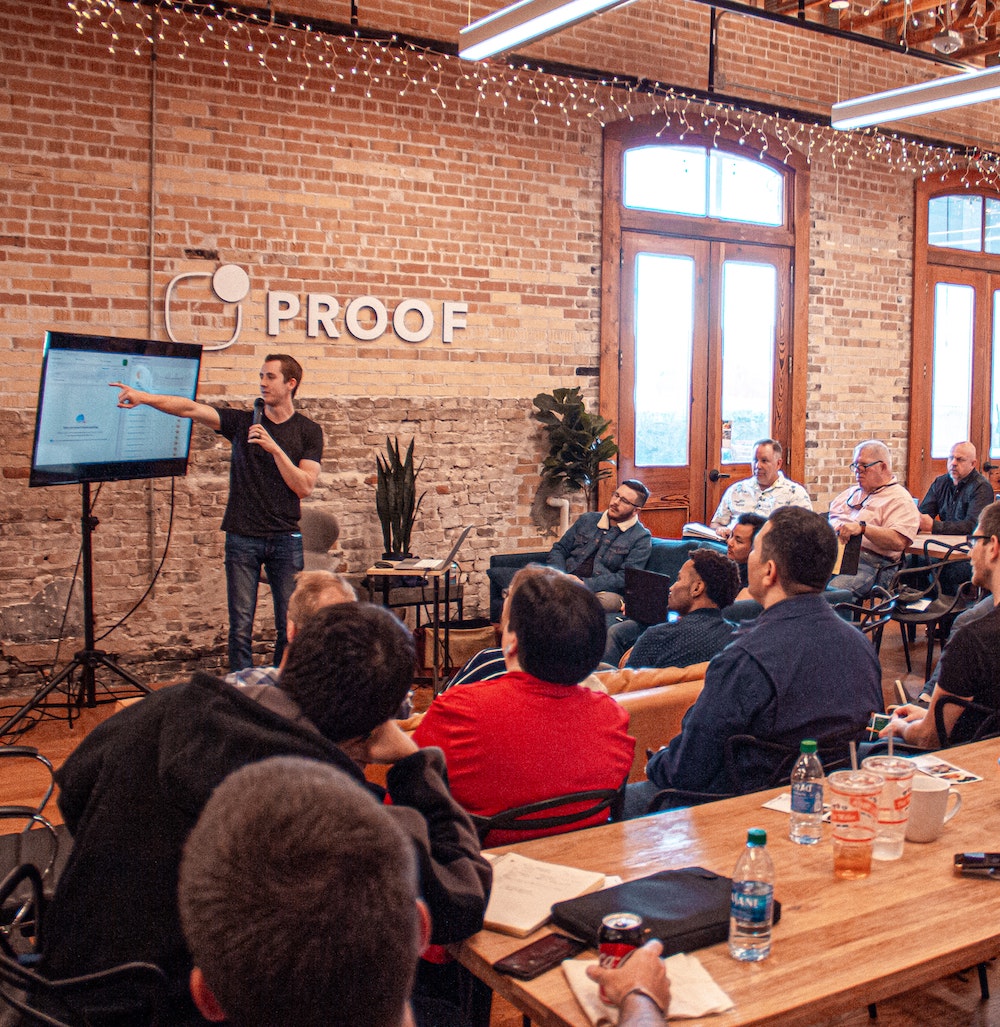How to Stop Over Consuming Content and Leverage Learning by Doing
Humanity produces 2.5 quintillion bytes of data daily. That’s an unimaginable amount of content going live online every day.
It’s easy to fall into the trap of consuming that content under the guise of expanding our knowledge.
We spend too much time on the ‘how to’ rather than the doing when growing a business.
This hinders our progress.
Let’s look at how to healthily consume online content and the best ways to apply what we learn from it.
Why are we overconsuming startup content?
Whatever stage you’re at with your business, you’ve probably read dozens of articles and watched numerous videos on how to achieve a specific goal.
We want to feel prepared before taking the plunge into something new. We want to feel like we know everything there is to know on a topic before we get going.
Consuming content makes us feel like we’re being productive; it makes us feel like we are making effective use of our time. We believe that arming ourselves with the right knowledge will help us succeed.
Unfortunately, that’s just not true!
There’s an inverse relationship between your productivity and the amount of content you consume. The more content you’re seeking out, the less time you’re spending on getting stuff done.
Breaking the cycle
Spending too much time-consuming content we think will help our business is the norm.
Saying no to content is hard. Going cold turkey on content is far easier said than done. The whole purpose of online content is to lure you in, generate reactions, and make you click.
Here are some ideas for being intentional with the time you spend learning from online content:
Only seek out what you need
Instead of blindly clicking on every article you see in a newsletter or a Tweet that sounds interesting, try only to seek out the content you need.
What goals are you struggling to meet in your business? How will reading an article or taking an online course help you achieve those goals?
Create a library of sources
Use newsletters or blogs you trust to get your information. Randomly consuming content from unknown sources will lead to dead ends and unsatisfactory answers.
Create a library of sources that you can turn to when you need help learning something new. If you subscribe to newsletters in your niche, save the links to the articles you want to read for later.
Try to avoid the temptation of reading everything that could be of interest. Replace this habit with only checking out content that will answer your questions.
Set times for learning
The best way to learn is by doing.
At least 80% of your effort should be on executing and doing, 20% on learning.
Don’t get caught in the trap of thinking more learning will make you faster at what you want to do. The best way to learn is by getting stuck right in. Once you know what you want to learn, schedule times to search for and consume the content you require. This will give you more structure and save you from getting lost down a content rabbit hole.
When you’re working on something, and realize there’s a gap in your knowledge, make a note of it.
You can come back to that topic during your allocated learning time.
Speak to someone about your challenges
Search engines are your friend when it comes to finding answers. But are those answers specific to your business? Will you find non-generic advice tailored to your challenges?
One of the most effective uses of your time when it comes to learning online is to speak to someone who has been there before you. They can share their learnings and mistakes to help guide you away from making the same ones.
The advice they’ll be able to give you will be relevant to your challenges and not just a generic paragraph from a blog post.
Start the work knowing you will fail
Another reason we spend so much time-consuming content about how to do something is our intense fear of failing.
Fear of failure is common among entrepreneurs and those working in the start-up world. Making a wrong turn can seem like it could be the death of the business, cause unhappy investors or alienate customers.
But without failure, you will never succeed.
Being fearful of this should not hold you back from doing it. You need to experiment to get it right. It’s only when you try something out and realize you did it wrong that you can learn and move on.
How to approach learning by doing
If you want to tackle your business’s problems, start learning by doing more often.
Create a structure to track your progress.
Here’s a simple framework to keep track of your learning experiments:
- Document your goal
- Note the actions you took to achieve that goal
Once you’ve given some time to execute your goals, it’s time to analyze:
- Was it a success or failure?
- What could you have done better?
- How many attempts did you need before getting it right?
Constant adaptation and reiteration of the process is the only way you’ll improve.
Of course, you’ll find you need to look things up and consume content at certain points in this process.
Remember to be intentional about that process and do it in your scheduled learning slots. Only search for high-quality content from reputable sources that thoroughly answer your question.
Start spending 80% of your effort on execution
We’re all guilty of spending too much time finding out the answer from others without getting the solution through our actions.
Ready to reverse the relationship you currently have with consuming content? Want to put what you learn into action rather than passively consuming it?
Commit to spending 80% of your time executing what you learn. Spend that time making a plan, experimenting, and taking concrete action towards your goals.
If you do this, you will find massive acceleration in your productivity.
You need to get comfortable with failing and being able to adapt using the results of your experiments. With this, you’ll be able to overcome challenges faster and drive the growth of your business.



